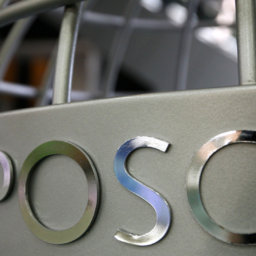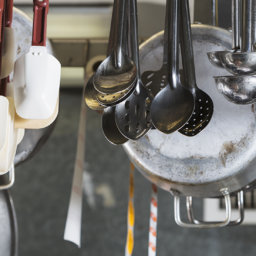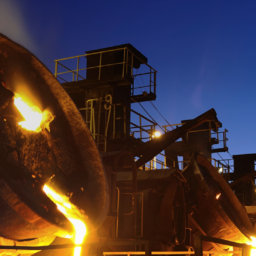The discovery of stainless steel in the early 1900s marked a milestone for the food and beverage industry, thanks to its hygienic properties and durability.
At that time, steel ovens, steel cooking utensils and steel tableware were regarded as costly luxuries. Things have since changed, thanks to good design, mass production and competition. Now, just about anyone can enjoy the advantages and features of this extraordinary metal.
Today, the material has become a favorite not only in the home, but also across a number of industries. In fact, as more than 30 percent of all stainless steel produced goes into products related to the food and beverage sector, it’s clear that the material is closely connected to all aspects of food.
Throughout May, The Steel Wire will feature stories that illustrate the various ways steel is utilized in the processing, handling, manufacturing, storage and distribution of the foods and beverages we consume on a daily basis. See below for a few of the stories you can expect to find published throughout the month.
The Food Industry’s Many Stainless Steels
Just as steel is iron which contains a controlled amount of carbon, stainless steel is a steel which contains a controlled amount of chromium. However, stainless steel is not a single material but instead a family of over 200 iron-carbon-chromium alloys. This article will explore the types of stainless steels most commonly used in the food and beverage sector, as well as their properties and their applications.
Steel Cans: Food for a Changing, Growing World

Today’s trend toward urbanization increases the importance of good packaging methods for food. Food packaging must be safe, maintain nutritional value and have a positive environmental impact. This article will explore how steel cans meet these requirements in a world with a population that is continuously expanding, as well as how steel cans are a sustainable solution that offers significant advantages over alternative food packaging systems.
How Steel is Improving Food Hygiene Across the Globe
Stainless steel has had great success in improving food hygiene in restaurants, public kitchens and even the home as a result of the material’s hygienic properties, corrosion resistance, strength and formability. It has become especially important in emerging economies, and has helped to solve many problems related to the lack of hygiene in food-related environments, reducing to a large extent the risks of food poisoning by keeping the areas clean and sterilized.
Steel: The Essential Material, from Dairy Farm to Table

Stainless steel exhibits some of the most suitable characteristics of the construction materials used for food equipment. It is the most widely used material in direct contact with food found in the industry. This article will include where steel is used in the dairy industry, such as processing equipment, storage tanks and form equipment, as well as the reasons why it is used.
Cheers to Steel: How the Metal Affects the Alcohol Industry
Liquids that contain alcohol are not contaminated by steel, leaving the color, taste and composition of the beverage fully intact. Stainless steel can also be easily cleaned to guarantee optimal hygiene while processing and treating fluids containing alcohol. This article will explore some ways that steel is specifically used in beer brewing, liquor storage and moonshine packing.











